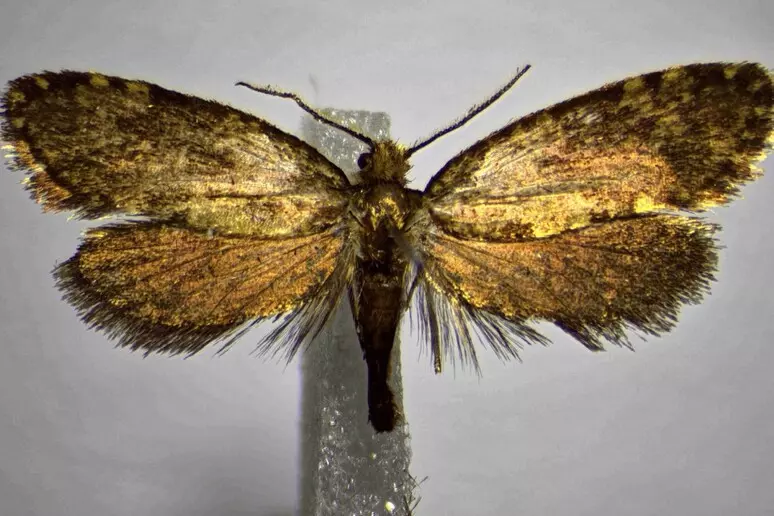A new butterfly was recently discovered in Italy. It was identified in the woods of the province of Cosenza in Calabria by researchers from CREA, the Council for Agricultural Research and Analysis of Agricultural Economics. The scholars decided to dedicate their discovery to Giulio Regeni, the young researcher from Friuli who was tortured and killed in Egypt in 2016 by christening the insect with the name Diplodoma giulioregenii. The results of the discovery published in the scientific journal Zootaxa show that the butterfly is a lepidopteran that belongs to the family Psychidae, and it is hypothesized that its larva feeds on mosses, lichens and wilted leaves found in abundance in the forests where the specimen lives.
The researchers explain that the analyses they conducted allowed them to distinguish it from other species of the same genus because of substantial differences in genital structures and mitochondrial DNA-that is, the genetic material found in mitochondria, organelles critical for energy production in cells that contain most of the genetic information. The caterpillars of this family build a silk theca, lined with sand debris, leaves, twigs and seeds. When growth is finished, while the male flies, the adult female remains in the theca, releasing pheromones to attract males. Diplodoma giulioregenii belongs to a family of lepidopterans characterized by marked sexual dimorphism-that is, the difference in physical characteristics between individuals of the same genus, both morphological and functional. Diplodoma females lack wings, while male specimens have well-developed wings, the study shows.
“The discovery of Diplodoma giulioregenii in an area as ecologically rich and diverse as southern Italy highlights, on the one hand, the presence of an immense variety of animal and plant species, testifying to a still unexplored biological heritage, and, on the other hand, the need to continue studies and monitoring of forest habitats precisely in order to safeguard them,” explained Stefano Scalercio, a researcher at CREA Forests and Wood who coordinated the project and led the team with Sara La Cava, a CREA researcher.












